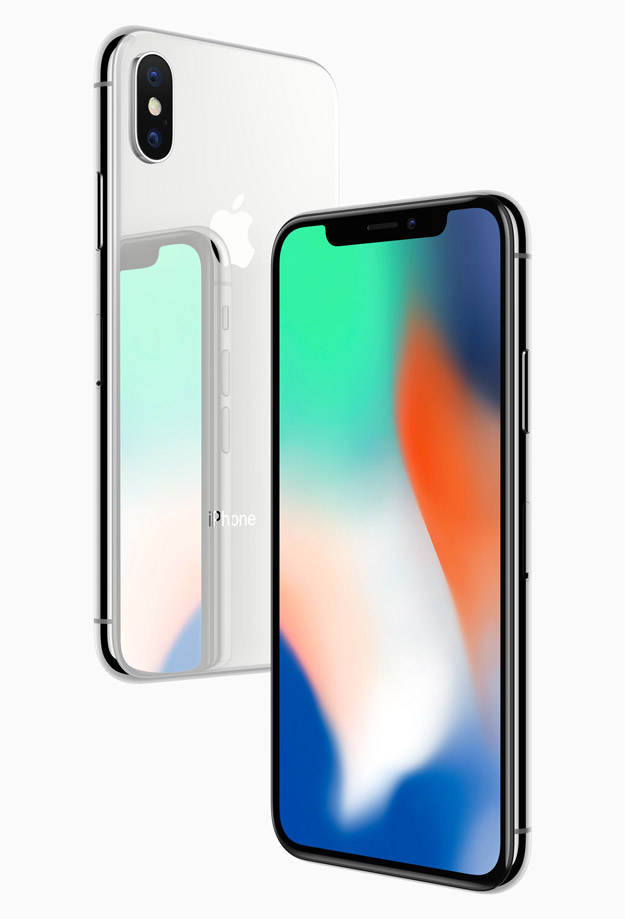Apple's New iPhone Offerings Compared, The iPhone 8 Plus Could Be The Gem
Of course, there are some trade-offs, but not enough to keep these smartphones from being out of contention if you're already invested the Apple ecosystem. For starters, the iPhone 8 and iPhone 8 Plus use the same A11 Bionic processor that powers the iPhone X (along with its Apple-designed, tri-core GPU). As you can see from our article detailing A11 performance in Geekbench, this hexa-core processor embarrasses the octa-core Snapdragon 835 found in all the top Android flagships.
At this point, we don't know what the clock speed differences will be between the three new iPhones, but don't expect to see any wide frequency swings. The iPhone 8 has 2GB of RAM, matching that of the iPhone 7 that it replaces. Likewise, the iPhone 8 Plus comes equipped with 3GB of RAM, equaling the amount in its predecessor and the new iPhone X.

The rear cameras have been upgraded, with the 12MP shooters now capable of shooting 1080p video at up to 240fps or 4K content at 60fps. The cameras have also been calibrated to pair with the accelerometer and gyroscope to support Apple's growing interest in augmented reality. As before, the Plus model features a dual-lens camera system and supports iOS Portrait mode for shooting images. It also supports Portrait Lighting, which will arrive in beta form when the smartphone launches (a feature that it shares with the more expensive iPhone X). Portrait Lighting uses machine learning to apply presets to images, enhancing them with "Studio", "Stage" and "Contour" lighting effects.
Rounding out the "new" features on the iPhone 8 and iPhone 8 Plus, both smartphones have speakers that are 25 percent louder and now include glass back panels (instead of a full aluminum unibody), which helps to enable wireless charging. Wireless charging is supported by the open Qi standard.
As you can see, the iPhone 8 and iPhone 8 Plus aren't slouches with regards to performance, and they have many of the same features that are found on the iPhone X. So why would you opt for the iPhone X over its cheaper siblings? Well, if you like the Face ID facial recognition which can unlock your smartphone, replaces Touch ID for authorizing transactions, and can empower some pretty nifty animated emojis; that’s one advantage.

Other than that, the only real big differentiator is of course the gorgeous 5.8-inch OLED display (2136x1125, 458ppi) on the iPhone X, which is a dramatic upgrade compared to the 4.7-inch and 5.5-inch LCDs on the iPhone 8 and iPhone 8 Plus (even though those displays have now gained True Tone technology found previously on the iPad Pro).
The 64GB and 256GB versions of the iPhone 8 are priced at $699 and $849 respectively, while its larger brother is priced at $799 and $949 respectively. On the other hand, the iPhone X stats at $999 for 64GB and will cost you a whopping $1,149 if you want 256GB of storage.

If you're well entrenched in the Apple ecosystem, you have to ask yourself are the reduced bezels, OLED display, slightly superior camera system and Face ID worth $300 over the iPhone 8 or $200 over the iPhone 8 Plus? That is of course for you to decide, but this iPhone user might actual sit out this round -- playing the flagship smartphone game these days is getting incredibly pricey these days.
There’s also one thing to consider for those that have money burning a hole in their pocket. The iPhone 8 and iPhone 8 Plus go up for pre-order Friday morning and will ship next Friday. The iPhone X, on the other hand, won’t be available to order until late October and will ship in early November (barring any unforeseen delays).

